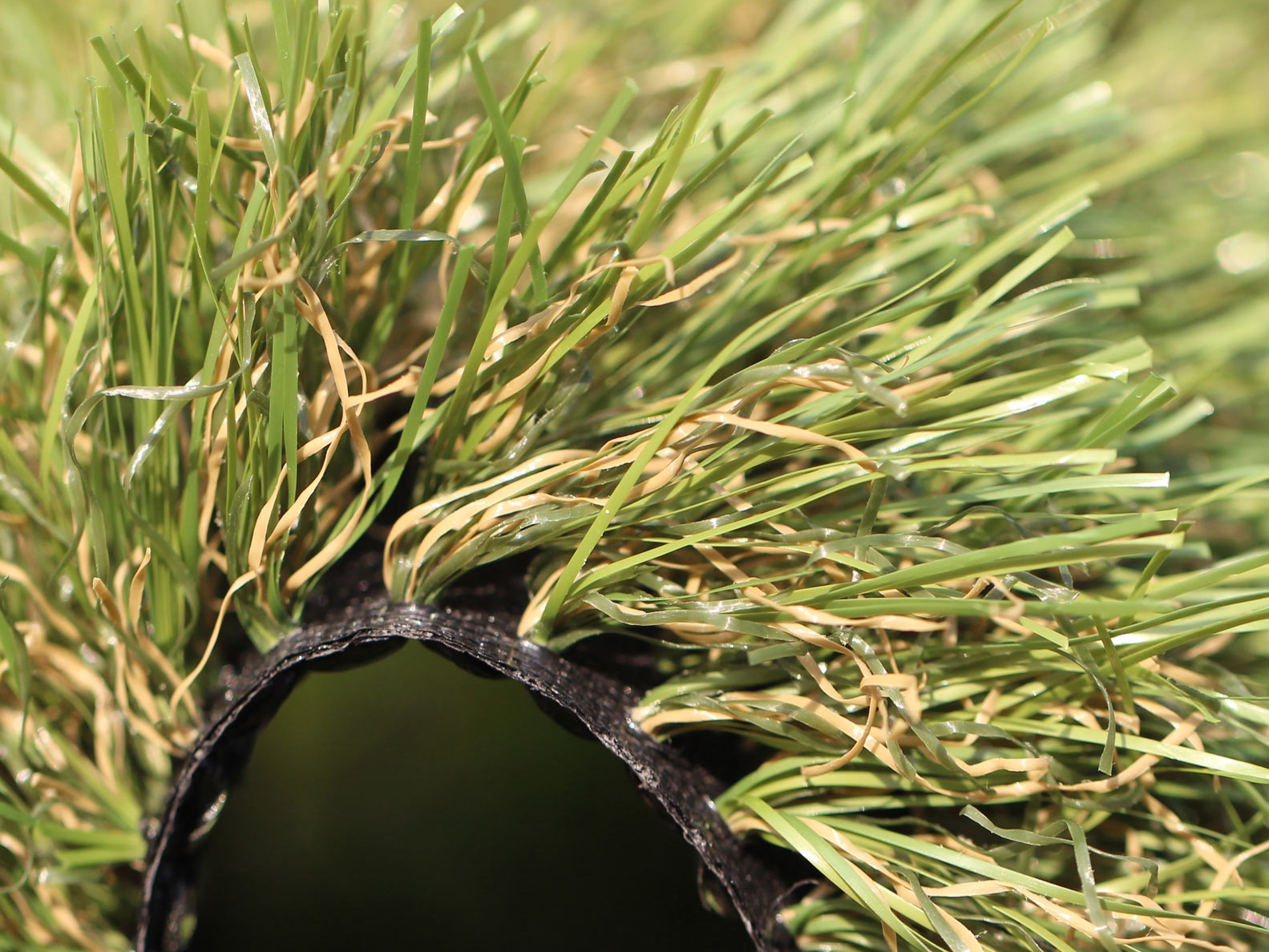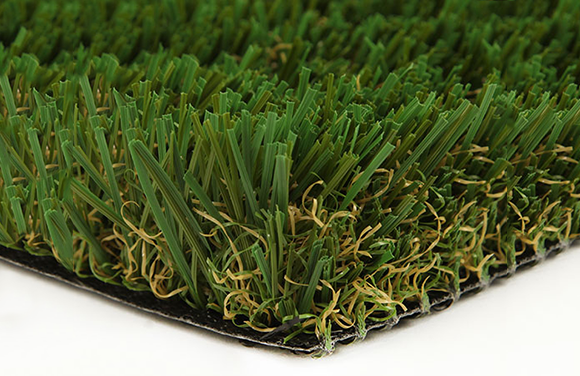See Why Homeowners Prefer Synthetic Grass for Lasting Landscaping Practices
As house owners increasingly prioritize sustainability in landscape design, artificial turf has arised as an engaging option to typical yard. What remains to be explored is the full range of advantages that synthetic lawn can provide to home owners and the environment alike.
Water Preservation Benefits
Among one of the most significant benefits of synthetic grass is its function in water conservation. Standard lawn yards call for significant quantities of water to preserve their lush look, usually bring about overuse of regional water sources, particularly in dry areas. On the other hand, synthetic grass eliminates this need totally, as it does not require irrigation. This not just saves water however additionally reduces the pressure on local water systems, specifically during dry spell problems.
Moreover, the installment of man-made lawn can contribute to a more lasting landscape. Property owners can substantially decrease their water costs, enabling reallocation of resources to other ecological efforts or home uses. Additionally, artificial grass is created to endure numerous weather problems without the requirement for extra watering, making it an optimal selection for regions dealing with water shortage.
The ecological advantages extend beyond instant water savings. By minimizing water consumption, synthetic grass assists to alleviate the effects of environment modification, protecting important ecosystems that are threatened by too much water extraction. As lasting landscape design methods get grip, synthetic grass arises as a responsible choice for house owners looking for to create eco-friendly exterior spaces.
Reduced Upkeep Initiatives
Synthetic grass significantly decreases upkeep initiatives compared to typical lawn lawns. With artificial grass, home owners can remove the lengthy tasks connected with all-natural landscaping, such as mowing, fertilizing, and weeding. This not only conserves useful time but also reduces physical labor, making lawn care available for individuals of all ages.
Typical grass call for frequent cutting to maintain a cosmetically pleasing height, whereas artificial lawn stays consistently rich without the need for cutting. Additionally, house owners no much longer require to apply fertilizers or chemicals, which are usually called for to maintain all-natural grass healthy.
In addition, artificial lawn is durable and resilient, needing marginal maintenance past periodic brushing and rinsing to remove particles. This simplicity of maintenance permits property owners to enjoy their exterior rooms without the constant fear of maintenance, giving more time for recreation and household activities. Eventually, the minimized maintenance initiatives connected with man-made lawn make it an appealing choice for those seeking a low-maintenance, visually appealing landscape.

Ecological Impact Decrease
There is a growing acknowledgment of the environmental advantages related to artificial grass, especially in terms of water preservation and reduced chemical usage. Traditional lawns require considerable quantities of water, particularly in drought-prone regions, leading to enhanced strain on local water sources. On the other hand, synthetic grass gets rid of the need for irrigation, substantially lowering water consumption and promoting sustainability.
In addition, standard grass maintenance usually involves the application of herbicides, fertilizers, and chemicals, which can contribute to dirt and water contamination. Man-made grass reduces this ecological danger by calling for marginal maintenance and practically getting rid of the requirement for hazardous chemicals. This not only improves dirt health but also safeguards local ecological communities from poisonous overflow.
Furthermore, the manufacturing of natural turf lawns read the article normally entails using nonrenewable fuel sources for cutting and landscaping equipment, further adding to greenhouse gas exhausts. By picking synthetic grass, property owners can significantly reduce their carbon impact connected with grass treatment tasks.
Aesthetic Charm and Versatility
In addition to its environmental benefits, artificial turf offers significant visual charm and adaptability for landscape design. Property owners can attain a lush, environment-friendly look year-round, eliminating the seasonal changes frequently connected with natural turf. This consistent aesthetic not only improves the visual appeal of a property but also contributes to a refined and well-maintained appearance.
Furthermore, synthetic grass is available in a selection of appearances, colors, and designs, enabling personalization to fit individual preferences and design styles - Arizona artificial turf. Whether utilized in household gardens, business my latest blog post areas, or entertainment locations, it can effortlessly integrate right into diverse landscape design layouts, from modern-day minimal to lavish exotic settings
The flexibility of artificial turf prolongs beyond plain appearance; it can be mounted in numerous places, including rooftops, patio areas, and even interior areas, creating opportunities for one-of-a-kind landscape design solutions. Additionally, it is suitable for a series of activities, from kids's backyard to pet-friendly environments, supplying performance without endangering style.
Eventually, the aesthetic charm and versatility of synthetic lawn make it an eye-catching choice for home owners seeking sustainable landscape design solutions that do not compromise elegance for environmental duty.

Long-Term Cost Financial Savings
One of the most engaging advantages of fabricated turf is its capacity for long-term cost savings. Unlike all-natural yard, which calls for routine upkeep-- including mowing, watering, feeding, and bug control-- man-made grass dramatically minimizes these ongoing costs.
Additionally, artificial lawn has a life expectancy of 15 to 25 years, depending upon its high quality and usage. This longevity decreases replacement prices, making it an extra cost-effective choice in the lengthy run. Furthermore, the first financial investment in synthetic grass can typically be recouped via the financial savings accumulated with time.
While the in advance cost might appear greater compared to turf installment, the collective savings from minimized upkeep and water use commonly surpass these preliminary expenses. Eventually, the fostering of synthetic grass not just advertises a lasting landscaping remedy yet additionally supplies homeowners an economically savvy alternative that aligns with lasting budgeting goals.
Conclusion
Fabricated turf arises as an engaging option for lasting landscape design, supplying considerable benefits website here in water conservation, reduced maintenance efforts, and reduced environmental influence. As communities increasingly prioritize environmentally friendly methods, the fostering of fabricated lawn stands for a modern step towards achieving sustainable and durable landscapes.
Furthermore, man-made lawn is designed to endure different climatic conditions without the need for extra watering, making it an excellent selection for regions dealing with water shortage. (Arizona turf)

Synthetic grass emerges as an engaging option for lasting landscape design, offering significant benefits in water conservation, decreased upkeep efforts, and lessened ecological effect.